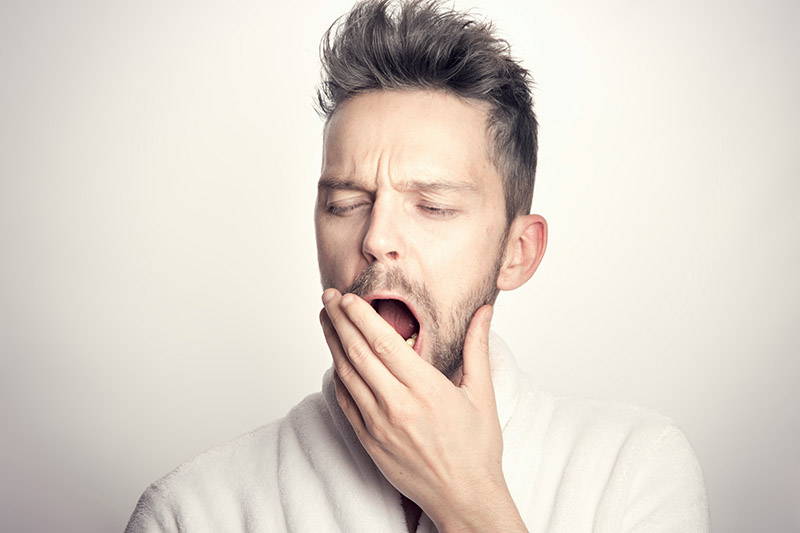What is ADHD?
ADHD (Attention-Deficit/Hyperactivity Disorder) is a neurodevelopmental disorder characterised by persistent patterns of inattention, hyperactivity, and impulsivity that interfere with functioning and development.

What are the Causes of ADHD?
The exact cause of ADHD is not fully understood, but several factors are thought to contribute to its development:
- Genetics: ADHD has a strong genetic component, with studies showing it is highly heritable. Many children with ADHD have a parent or relative with the condition.
- Brain structure and function: People with ADHD have differences in brain anatomy and function, particularly in executive functioning and self-regulation areas.
- Neurotransmitter imbalances: There may be imbalances in brain chemicals like dopamine and norepinephrine that affect attention and behaviour.
- Environmental factors: Some potential environmental risk factors include: Maternal smoking, alcohol use, or drug use during pregnancy
- Premature birth or low birth weight
- Exposure to environmental toxins, such as lead
- Early childhood trauma or adversity
- Brain injury: In rare cases, traumatic brain injury may lead to ADHD symptoms.
It's important to note that ADHD is likely caused by a combination of these factors rather than a single cause. Researchers continue to study how various genetic and environmental factors may interact to contribute to the development of ADHD.
Contrary to some misconceptions, ADHD is not caused by poor parenting, excessive sugar consumption, or too much screen time.

The Symptoms of ADHD
The symptoms of ADHD can be categorised into three main types: inattentive, hyperactive-impulsive, and combined. Here's a summary of the key symptoms for each type:
- Inattentive symptoms: Difficulty paying attention to details or making careless mistakes
- Trouble sustaining attention in tasks or activities
- Appearing not to listen when spoken to directly
- Difficulty following through on instructions and completing tasks
- Problems organising tasks and activities
- Avoiding or disliking tasks that require sustained mental effort
- Losing things necessary for tasks or activities
- Being easily distracted by external stimuli
- Forgetfulness in daily activities
- Hyperactive-impulsive symptoms: Fidgeting or squirming
- Difficulty remaining seated when expected
- Running or climbing excessively in inappropriate situations (in adults, this may be restlessness)
- Difficulty engaging in activities quietly
- Often "on the go" or acting as if "driven by a motor."
- Talking excessively
- Blurting out answers before questions are completed
- Difficulty waiting for one's turn
- Interrupting or intruding on others
- Combined type: Symptoms of both inattentive and hyperactive-impulsive types are present
- Additional symptoms and characteristics: Emotional dysregulation or mood swings
- Difficulty with social skills and maintaining friendships
- Problems with anger management
- Delays in speech, language, and motor development
- Poor handwriting
- Impulsivity in adults may appear as thoughtless behaviour, impatience, or irresponsible spending
- In adults, hyperactivity may manifest as inner restlessness or difficulty relaxing
- It's important to note that for a diagnosis, these symptoms must Persist for at least six months
- Be present before age 12
- Occur in two or more settings (e.g., home, school, work)
- Interfere with daily functioning
- Not be better explained by another mental disorder

How is it Treated?
ADHD is typically treated using a combination of approaches, including:
Medication
- Stimulants (e.g., methylphenidate and amphetamines) are the most common and effective medications for ADHD.
- Non-stimulants (e.g., atomoxetine, guanfacine) may be used if stimulants are ineffective or cause side effects.
Behavioural Therapy
- It helps develop strategies for managing symptoms and improving social skills.
- It may include parent training to help manage a child's behaviour.
Psychoeducation
Psychoeducation educates patients and families about ADHD and its management.
Cognitive Behavioral Therapy (CBT)
CBT helps change negative thought patterns and behaviours.
Social Skills Training
Social skills training teaches appropriate social behaviours through role-playing.
Educational Support
May include special accommodations or an Individualised Education Program (IEP) for students.
Lifestyle Changes
Improving diet, exercise, and sleep habits.
Organisational Skills Training
Organisational Skills Training teaches time management and organisational techniques.
Family Therapy
Addresses family dynamics and improves communication.
Support Groups
Provide a network for sharing experiences and coping strategies.
The most effective treatment often involves a combination of medication and behavioural interventions tailored to the individual's needs. Regular monitoring and adjustments to the treatment plan are typically necessary.

DR Clem Bonney & ADHD
Dr Clem Bonney, as a Medical Review Officer, is often requested to review medications and how they impact the safety of the worker. Awareness of the medications and their use is the most important aspect of the assessments, often not impacting a worker's position or ability to undertake the position. Dr Bonney can assist with such assessments by providing feedback to both employers and workers on the impact of the condition and the medications.

